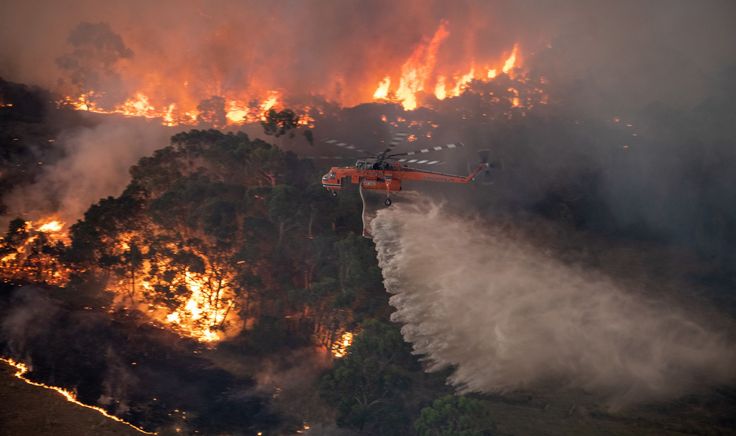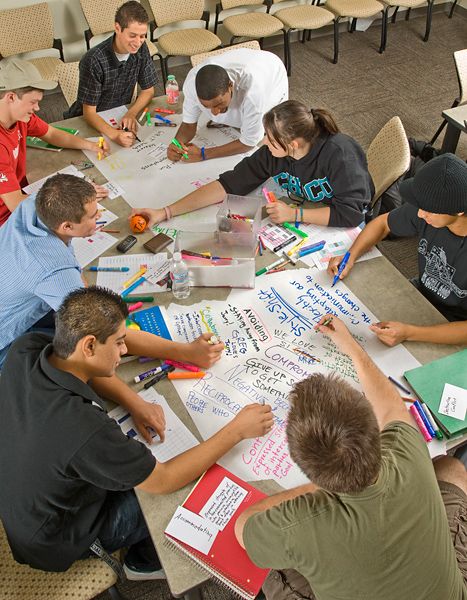The catastrophic wildfires sweeping through Los Angeles have prompted strong reactions from world leaders, emphasizing the gravity of the situation and the need for collective action. The blazes, fueled by unrelenting winds and dry conditions, have devastated communities, causing widespread destruction and displacing thousands.

Prime Minister Trudeau: A Call for Solidarity
Canadian Prime Minister Justin Trudeau has been among the first international leaders to extend support to the United States. Addressing the media, Trudeau expressed his condolences to those affected and emphasized Canada’s readiness to assist.
“We stand with our neighbors during this challenging time,” Trudeau said. “Canada will provide whatever resources are needed, from firefighting personnel to equipment, to help contain these devastating fires.”
Trudeau also highlighted the importance of global cooperation in tackling the increasing frequency and intensity of natural disasters, which he attributed to climate change.
Australian Prime Minister: Climate Change Warning
Australian Prime Minister Anthony Albanese drew parallels between the Los Angeles wildfires and similar disasters that have ravaged Australia in recent years. Speaking at a climate summit in Canberra, Albanese criticized political leaders who downplay the role of climate change in these catastrophes.
“Events like the Los Angeles wildfires are not isolated incidents. They are a direct result of our collective failure to address climate change,” Albanese stated. “We need to act now—this is not just a California problem; it’s a global crisis.”
Albanese also pledged to collaborate with international partners on climate action and disaster mitigation strategies.
President Biden and Federal Response
Within the United States, President Joe Biden has approved a Major Disaster Declaration for Los Angeles, unlocking federal funds to aid the state’s emergency response. Speaking from the White House, Biden underscored the administration’s commitment to supporting affected communities.
“These fires are a stark reminder of the challenges we face in a changing climate,” Biden said. “We will do everything in our power to assist California and ensure the safety of its residents.”
The President also announced plans to allocate additional federal resources to firefighting efforts and long-term recovery initiatives.
Global Implications and Climate Policy
The Los Angeles wildfires have reignited discussions about climate change and environmental policy on the international stage. Leaders from the European Union, Japan, and other nations have echoed calls for urgent action to reduce carbon emissions and invest in renewable energy.
UN Secretary-General António Guterres issued a statement highlighting the global consequences of inaction: “These wildfires are a testament to the urgency of addressing climate change. The time for half-measures is over. We need bold, collective action to protect our planet and its people.”
Public and Political Reactions
The wildfires have sparked a mix of unity and division within political circles. While many leaders have called for solidarity and swift action, others have faced criticism for their previous inaction on climate policies. In the U.S., local officials in California have come under scrutiny for not implementing stronger fire prevention measures, despite repeated warnings.
Globally, the crisis has prompted renewed attention on the upcoming COP30 climate conference, where nations are expected to present updated plans for reducing greenhouse gas emissions.
Moving Forward
As Los Angeles continues to battle the wildfires, the crisis serves as a sobering reminder of the vulnerabilities faced by urban and rural communities alike. The international response underscores the interconnected nature of climate challenges and the need for coordinated efforts.
From providing immediate relief to addressing long-term climate issues, leaders worldwide are recognizing the importance of standing together in the face of adversity. As Prime Minister Trudeau aptly stated, “These fires know no borders, and neither should our resolve to fight them.”
















